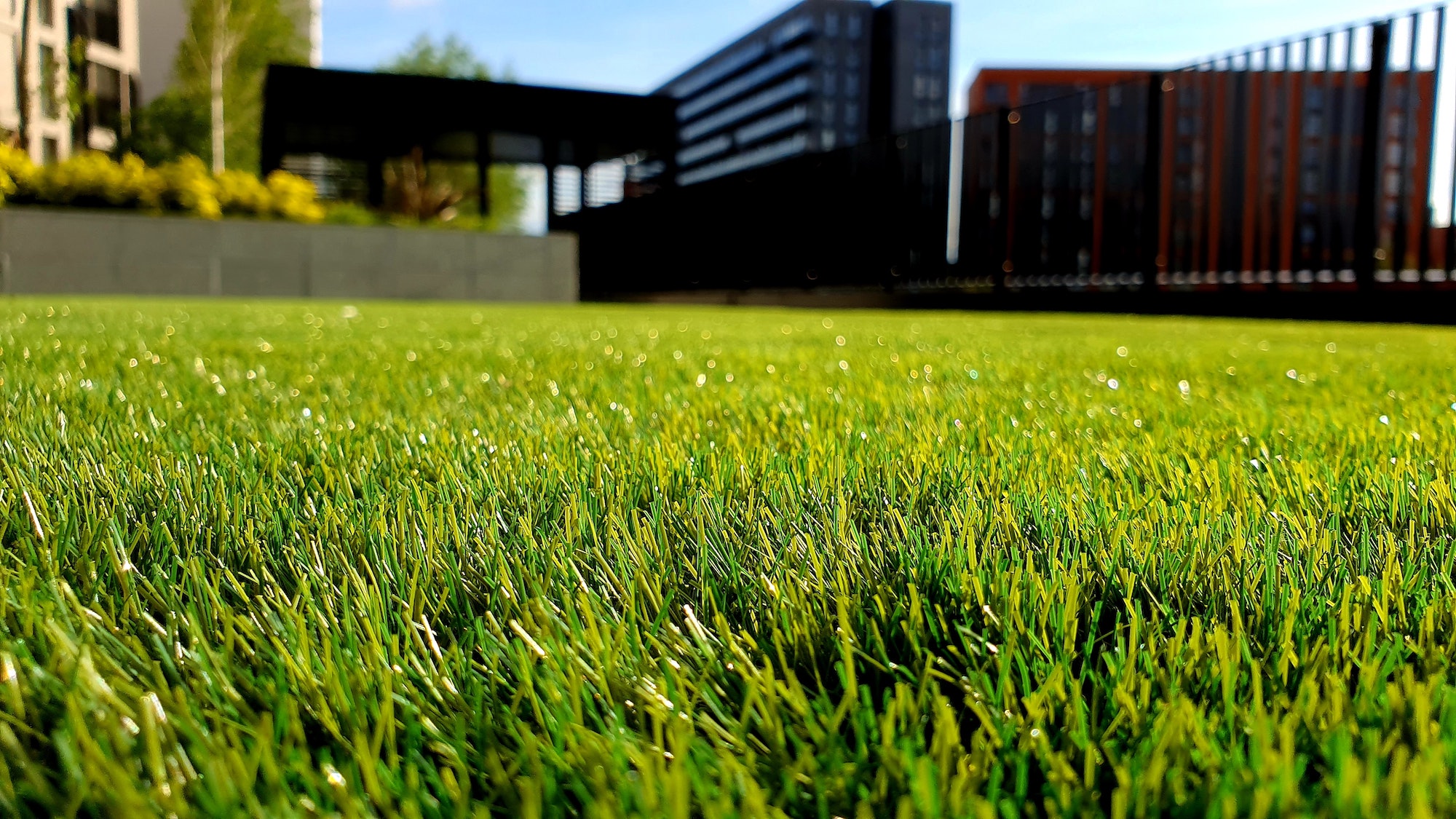Few things are more rewarding to come home to and enjoy than a lusciously green, soft turf of lawn. A nice lawn can help raise the value of your home, provide you with wonderful recreation opportunities, and impress the neighbors for all the right reasons. Growing a top-of-the-line lawn is easy when you get to successfully choose the best grass seed for it.
What is the best type of grass seed?
The best grass seed is the one that will meet the unique needs of your growing zone, soil composition, pH balance, mineral content, and so on. As nice as it is to search for the best grass seed, the truth is that what works in one area of the country may not fare as well in others.
The truth is that the best grass seed is the one that works best with the unique composition of your property. Furthermore, not all grasses grow in the same way or to the same result. Are you looking to recreate the 18th hole at your favorite golf course, or are you going for more of that thick and shaggy look? Do you live in a beachy coastal area or closer to the northern ski slopes?
The first thing to consider when it comes to selecting grass for your lawn is climate. Warm-season grasses and cold-season grasses have a very different look and feel to them. They are named because they do best in either warmer or colder areas of the country. Generally, anything in the southernmost parts of the U.S. is going to need warm-season grass, while those in the northern regions will often do better with cold-season grasses.
Besides choosing grass for climate, you really need to consider what kind of color, thickness, and texture you are looking for. From there, you might also consider growing speeds. Some grasses take some time to fully develop lush and complete coverage. Other grass seeds will very quickly go from itty bitty sprouts to an impressively-majestic lawn. The choice is really up to you. It’s your lawn — how do you want it to look and function?

Ryegrass, fescue, or bluegrass: How to choose?
Ryegrass, fescue, and bluegrass are some of the most popular varieties of cold-season grasses. They are each tried and true in their own ways, but they also each offer unique advantages and disadvantages.
Ryegrass and bluegrass are often mixed together. The reason grass seed companies do this is so that they can complement each other. Ryegrass is very popular because it tolerates sun and shade quite well, germinates quickly, and is very resilient to foot traffic and play. Kentucky bluegrass is another proven winner that does best with sun and partial shade. With a mix of these two, you will get a nice lawn that handles both sun and shade with ease. Some consider bluegrass to be the most popular cold-season grass of all.
One complaint about ryegrass is that it can leave your lawn looking a bit patchy, with some areas being darker and more clearly covered than others. This is where a mix shines. Kentucky bluegrass is known to be self-repairing, meaning that when it becomes damaged, it quickly sends energy to that area, helping to create a lush coat. Ryegrass is known for its thin and soft leaves.
Fescue grasses handle sun and shade without a hitch. They, too, are often found in seed mixes containing rye and bluegrass. Working with a grass seed mix is often the best way to get the best of each of these three lawn powerhouses.
Beware, however, that fine fescue and tall fescue grass each act a little differently if it gets very warm and dry. As its name implies, fine fescue is a bit more delicate and less able to handle the heat. That said, fescue grasses are very popular all over the colder northern regions.
When planted on its own, many gardeners choose to use fescue varieties under heavy tree-covered areas. This species can thrive in shade and is very popular when used in this way. Some people do not like the feel of this grass’ thick and coarse leaves.
What is the best fast-growing grass seed?
Ryegrass seeds are generally considered the fastest growing. They will germinate in five to 10 days, and after about five to eight weeks, will be fully matured into a nice dark and thickly-carpeted lawn.
Which grass seed is best for my lawn?

Unfortunately, without knowing where you live, what kind of lawn you would like to grow, and how patient you are, it is very tough to answer this question. The best grass seed for you is the one that will thrive under the conditions you can offer it.
The best grass for your lawn is the one that will grow in the best possible way. There are many exceptional warm- and cold-season grasses out there to choose from. Grass seed mixes are one of the best ways to reap the benefits of multiple varieties of grass at once. Plant it, water it, and nurture it, and in no time, your lawn will be an impressive place to relax and enjoy life.


